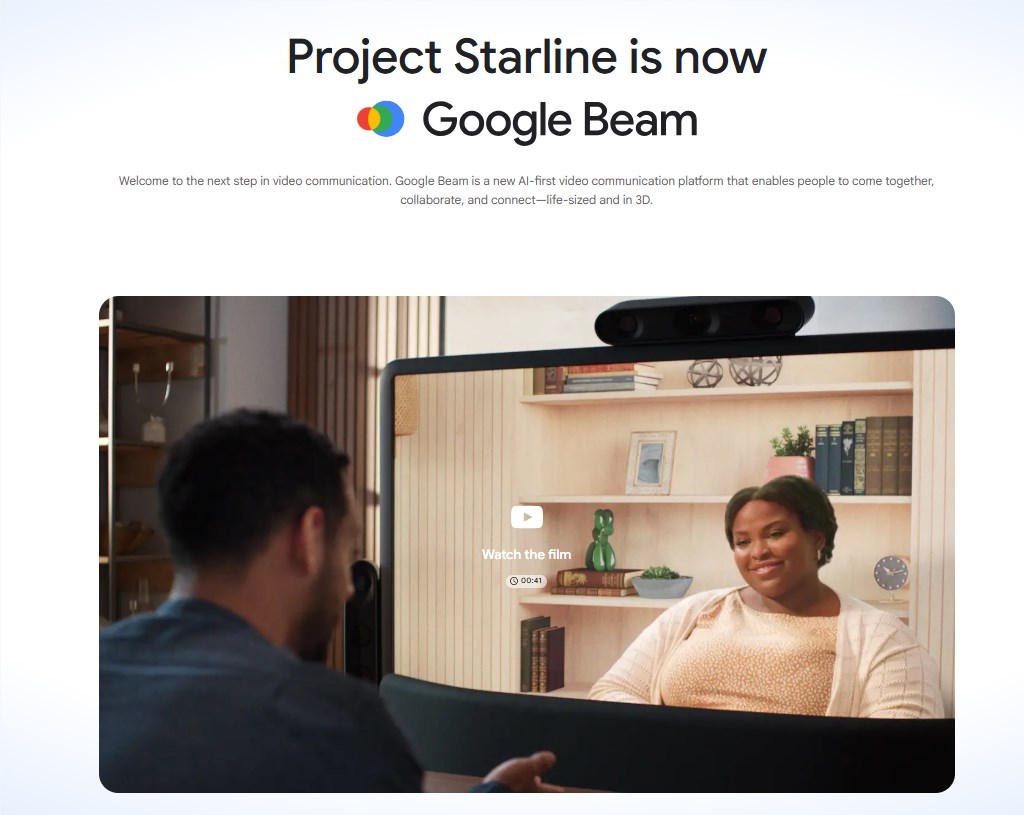Google Beam Transforms Video Calls into 3D Experiences with AI
At the Google I/O conference, the tech giant unveiled Google Beam, a revolutionary platform that redefines video communication by transforming flat 2D calls into dynamic 3D experiences. Powered by advanced AI, this innovation promises to make remote interactions feel as natural as in-person conversations.

From Prototype to Reality: The Evolution of Google Beam
The technology traces its roots to Project Starline, Google's experimental 3D telepresence system introduced in 2021. After years of refinement, Beam now delivers stunning realism without requiring AR/VR headsets. A six-camera array captures users from multiple angles, while AI algorithms reconstruct these images into volumetric 3D models displayed on specialized light field screens.
What sets Beam apart is its precision—millimeter-accurate head tracking combined with silky-smooth 60fps rendering creates an uncanny sense of presence. "When our demo participant reached for an apple, attendees gasped—the depth perception was that convincing," shared a Google I/O attendee.
Breaking Communication Barriers
Beyond visual fidelity, Beam integrates real-time voice translation that preserves speakers' tone and expressions. This feature enables seamless multilingual conversations, potentially transforming global business collaboration. Sara Chen, VP of Google Communication Technologies, emphasizes: "We're erasing both physical and language divides simultaneously."
Enterprise Adoption and Future Prospects
Initially targeting corporate clients, Google has partnered with industry leaders including HP and Zoom. HP plans to showcase consumer-ready Beam systems at June's InfoComm expo, with pricing details expected then. Early adopters like Deloitte and Salesforce already anticipate deploying the technology for high-stakes negotiations and remote teamwork.
While Beam represents a quantum leap in telepresence, challenges remain. Image quality fluctuates in suboptimal lighting, and certain viewing angles reveal limitations in the 3D reconstruction. Yet these minor constraints hardly diminish the platform's transformative potential.
The company envisions Beam evolving beyond boardrooms into consumer spaces as costs decrease. With remote collaboration becoming ubiquitous, this technology might soon redefine how we connect across continents—making every screen feel like a magic portal to another location.
Key Points
- Google Beam converts standard video calls into immersive 3D experiences using AI-powered volumetric video
- The system enables natural eye contact and real-time multilingual translation during conversations
- Enterprise partnerships with HP and Zoom aim to commercialize the technology starting mid-2025
- Current limitations include lighting sensitivity and partial viewpoint constraints
- Future iterations may bring this telepresence technology to consumer markets